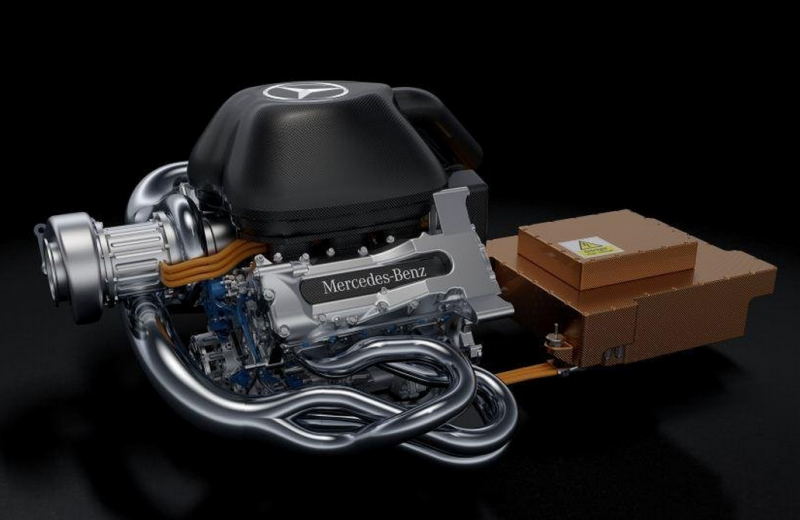The Rotary Engine Might Not Be Dead
With the landscape of automotive power-trains continuing to evolve, one contender whose future looks as uncertain as ever is the Wankel or rotary design. But uncertain as its future may be, the prospects of the Wankel might have just improved. It seems Mazda has yet to give up on the rotary engine.
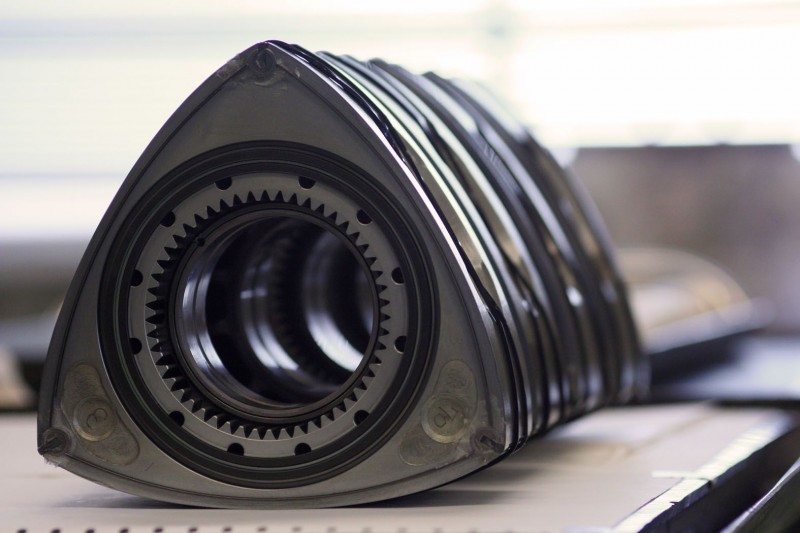
Mazda Still Hopeful for Rotary Engines
With the landscape of automotive power-trains continuing to evolve, one contender whose future looks as uncertain as ever is the Wankel or rotary design. But uncertain as its future may be, the prospects of the Wankel might have just improved. It seems Mazda has yet to give up on the rotary engine, according to recent
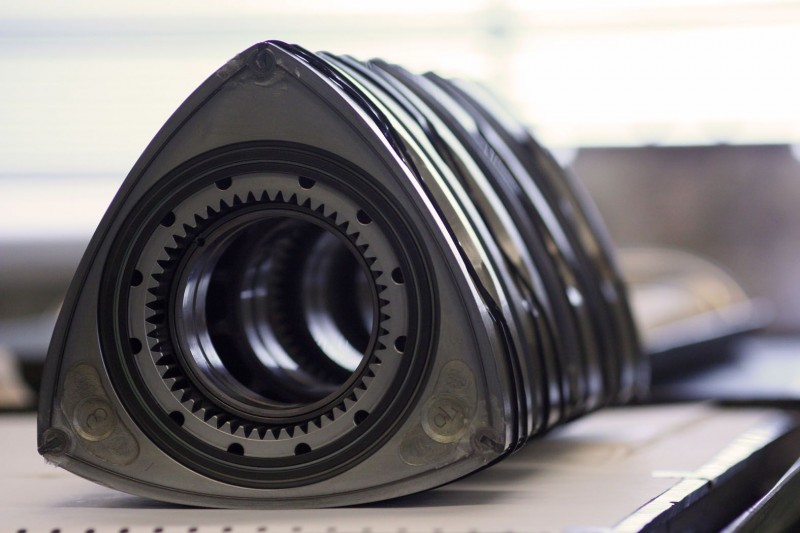
Blast From the Past: The Most Powerful Formula 1 Engine Ever
With all of the controversy surrounding current Formula 1 engines and the debate over the series future engine formula, we thought it worthy of reminiscing to a time when Formula 1 engines made well in excess of 1,000 horsepower and restrictions were far less cumbersome.
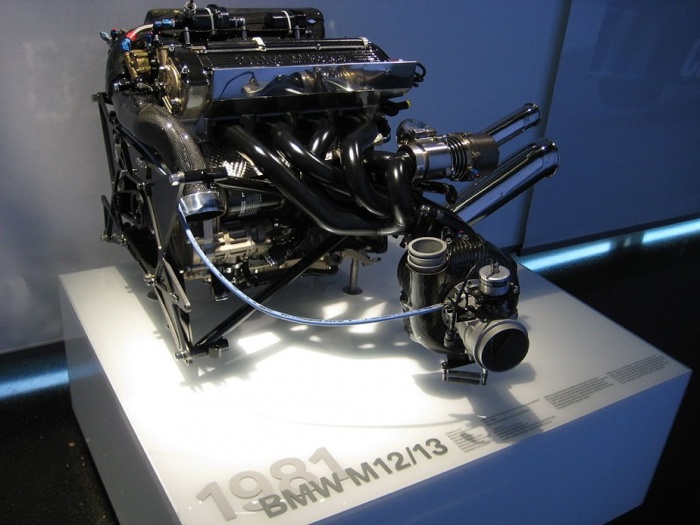
Toyota’s Answer to the 1.0L EcoBoost Engine
Toyota has unveiled its latest engine, called the 8NR-FTS. A 1.2L turbocharged, four cylinder engine, the power-plant produces 116 peak horsepower between 5,200 and 5,600 rpm. Peak torque is 136 lb. ft. between 1,500 and 4,500 rpm. An answer to Ford’s EcoBoost?
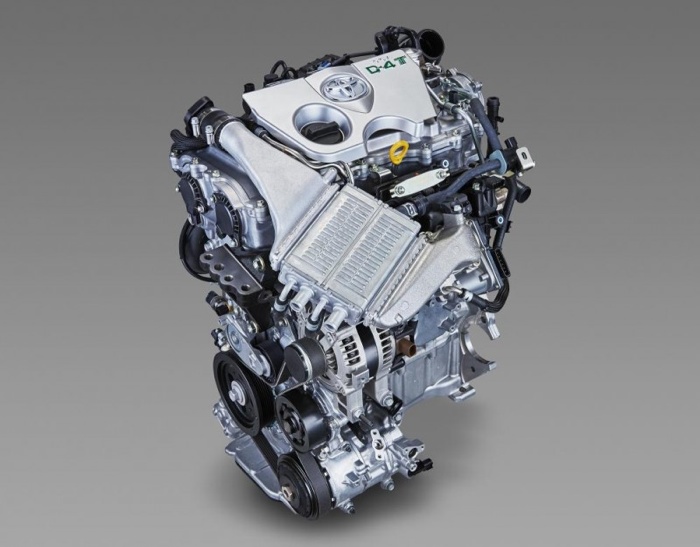
Are Water Injection Systems Coming Back to Production Cars?
The idea of injecting water into the combustion chamber of an engine has been around since the 1940s and has been weaving in and out of cars since the 1960s, but never caught on. However, BMW recently announced that its upcoming M4 GTS would be marketed with a water injection system. This development now presents the question of whether or not the technology will finally become widespread in the performance segment.
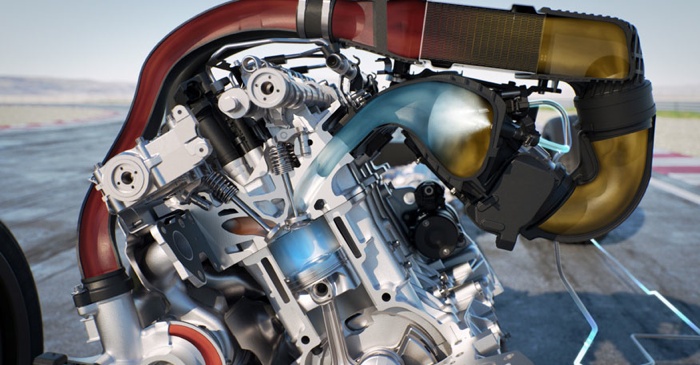
VW’s New 2.0L Diesel Will Bring New Engine Tech to U.S. – Eventually
As a rejuvenation of the current VW 2.0L diesel found in the non-U.S. Passat, the new engine adds several salient new features and upgrades. Variable valve timing is a new feature, and so is a special start-stop system, which shuts off the engine in the event the car’s speed falls below 7 mph.
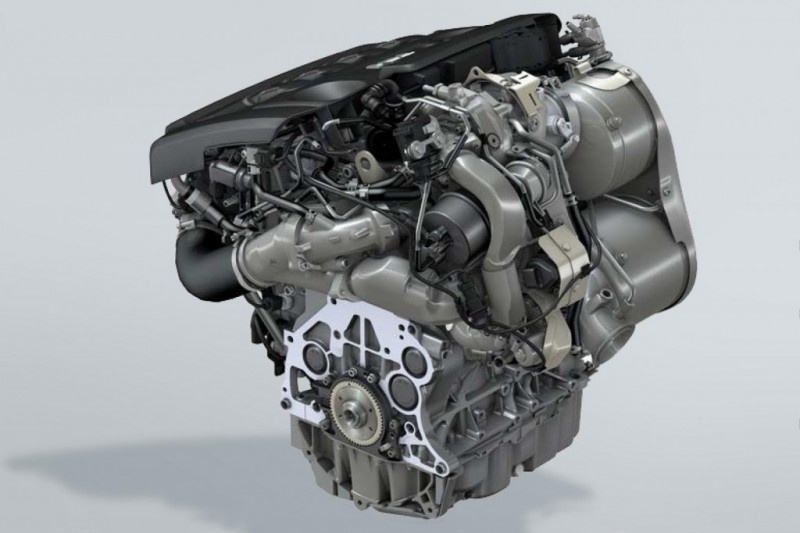
Porsche’s 918 Spyder eAxle System
Part of what makes the 918 Spyder so revolutionary is its hybrid and plugin capability, which enables performance not attainable from a normal setup. The highly advanced eAxle system used on the 918 Spyder was developed in conjunction with Swedish firm and drivetrain industry leader GKN. The eAxle that supplements the 918 Spyder’s hybridized 4.6-liter V8 is an evolution of the company’s innovative eAxle drive.
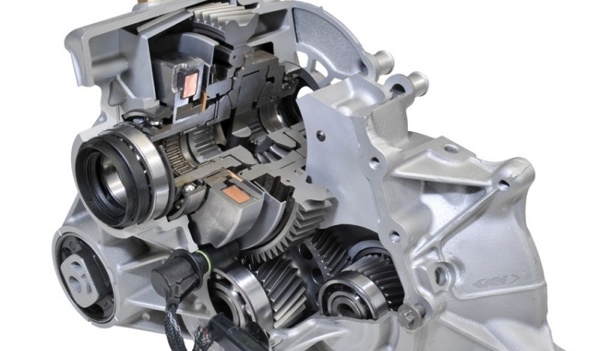
Renault Leaks Pictures, Details of 2015 Power Unit
With the Mercedes dominance of last year’s grid so profound and complete, much of the Formula 1 community is wondering if other engine suppliers can recover some of the lost ground, especially considering earlier news that Mercedes was up 50 hp over last year’s unit already. However, despite earlier reservations, Renault is confident in their power unit for this year, which they have just unveiled.
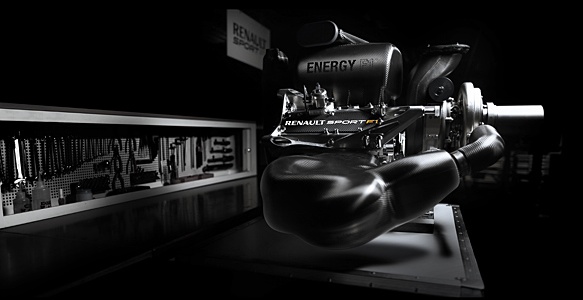
Could Our Cars Get Two Stroke Diesels?
The diesel engine, once only a bastion of trucks and European passenger cars, is becoming more and more popular every year, even here in the United States. Conversely, one technology that isn’t so popular is the two-stroke. After having a solid run in several cars throughout the decades, the two-stroke engine now seems mostly consigned
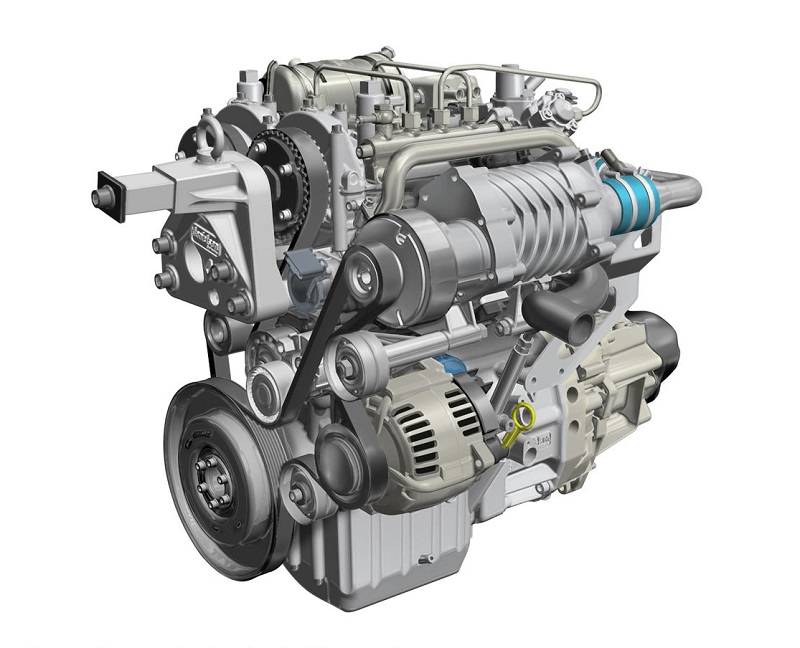
Renault Unveils Two-Stroke Twincharged Diesel Two Cylinder
The automotive industry is a strange place sometimes. That said, most of the new engines being released these days follow quite predictable patterns- either ultra-high compression turbodiesel or hybrid gasoline engines. However, Renault has just surprised us yet again. This surprise came in the form of the “Powerful,” two stroke, two cylinder diesel engine that uses twincharging technology to boost efficiency.
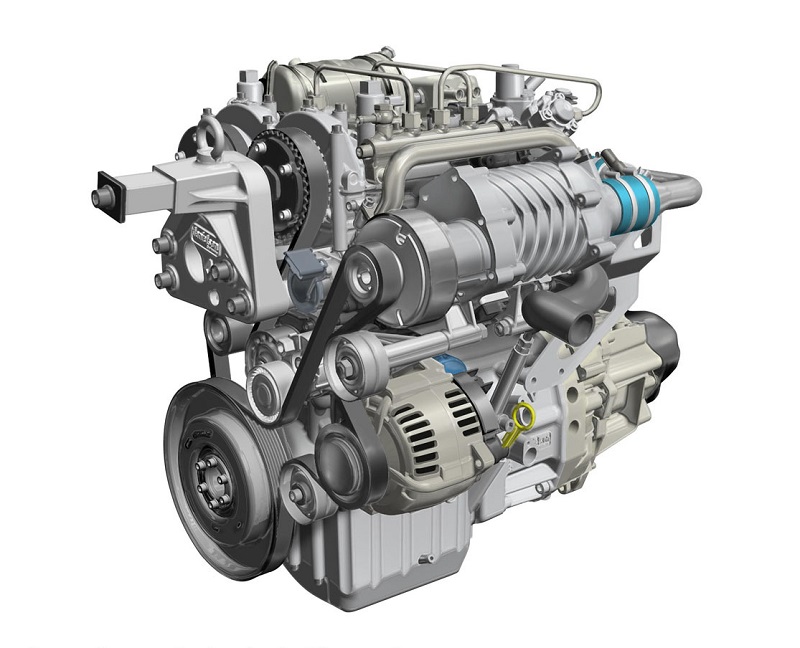
VW’s New 2.0 Liter Diesel Four Sets A New Benchmark For Performance And Technology
The magic number for engines in today’s day and age seems to be 2.0. Whether its Jaguar Land Rover’s newest line of four cylinder “Ingenium” gasoline and diesel engines, or the 400 horsepower Volvo four we detailed a couple of months back, the prevailing mantra of the industry seems to be ‘smaller, yet more powerful.’
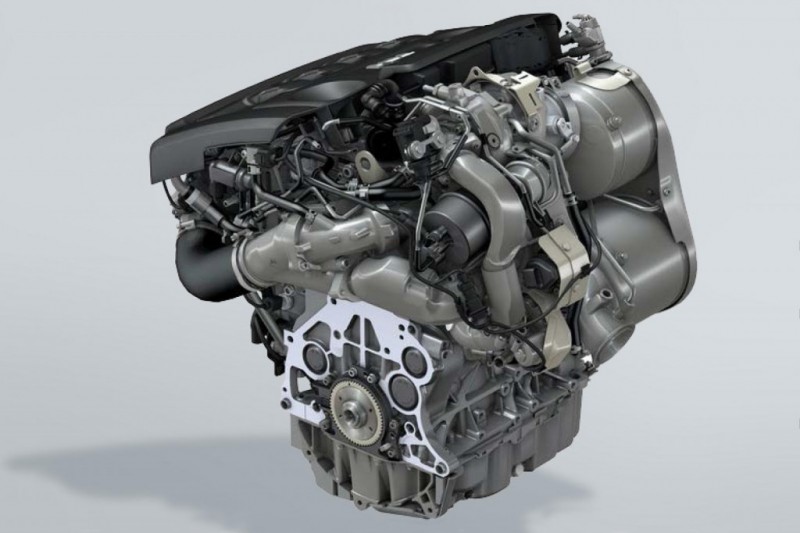
Mercedes Formula 1 Turbocharger Technology
After a long stay in the naturally aspirated arena, Formula 1 has returned to turbocharged power, and the units used on the 1.6 liter six cylinder engine are among the most advanced in the world. Despite the fact that this year’s formula only employs one turbo, rather than the conventional two for six cylinder engines, the difference is made up in innovation. Formula 1 has concocted their own novel way to combat turbo lag, using their Energy Recovery System.
